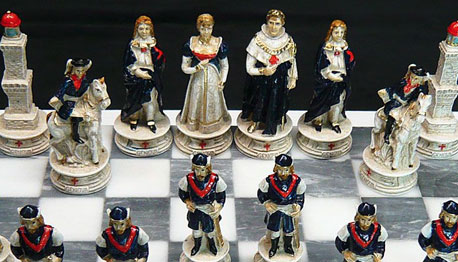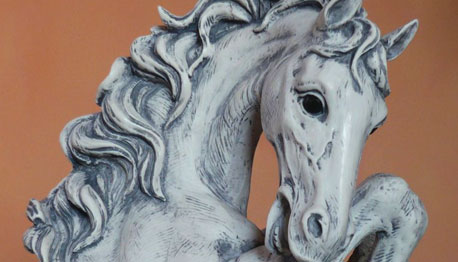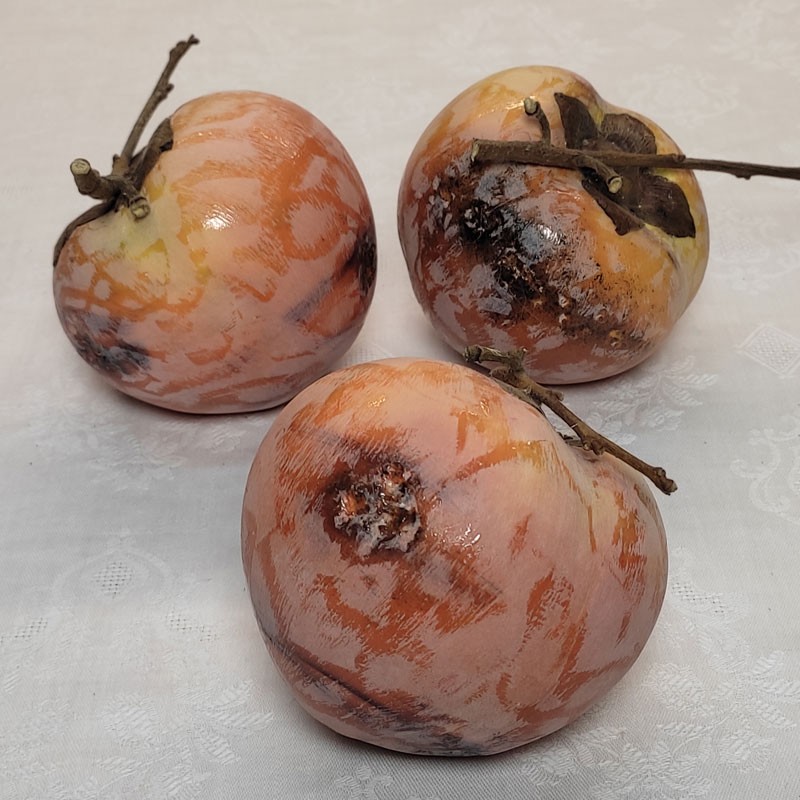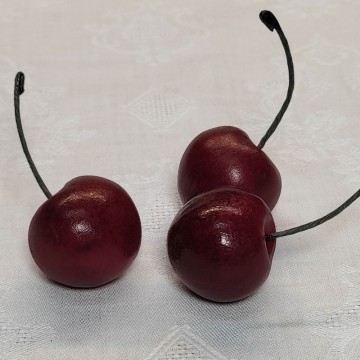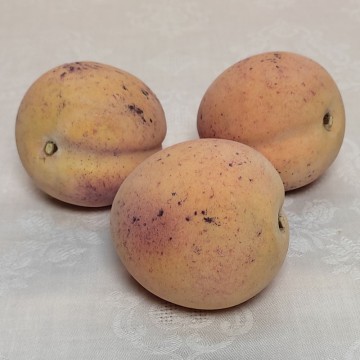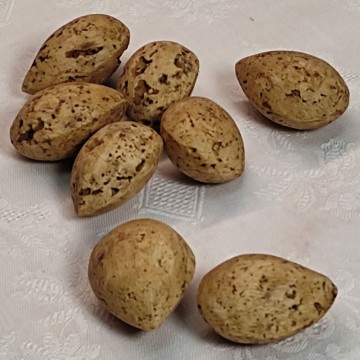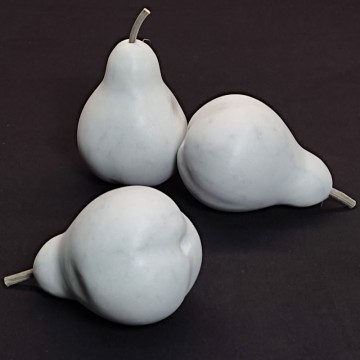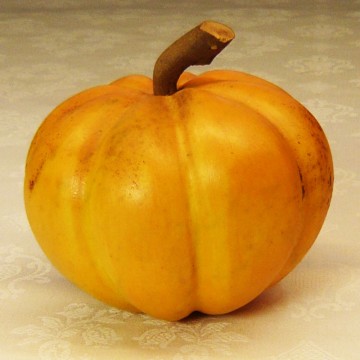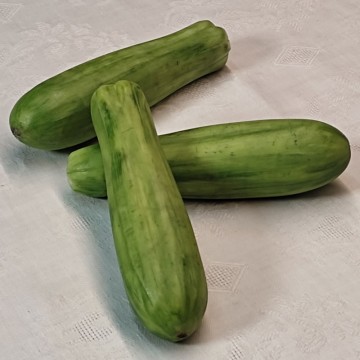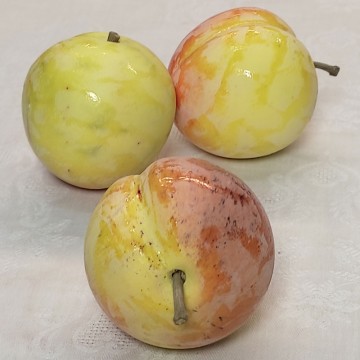The persimmon is known in botany by the name Diospyros kaki: the genus derives from the Greek and is made up of a combination of two words 'Diòs' (referring to the god Jupiter) and 'pyròs' (wheat); literally, therefore, the persimmon is called Jupiter's wheat.
The species 'kaki', on the other hand, refers to the orange colour of the fruit, typical of the dry, arid soil from which the plant grows.
The persimmon originated in Chinese countries: its journey to American and European lands only began in the mid-19th century.
It is said that the first persimmon tree in our country was grown in the Boboli garden in Florence in 1871.
It became a symbol of peace after World War II: in fact, only a few of these trees survived the devastating atomic explosion at Nagasaki.
.
At the foot of the Apuan Alps, Carrara is unique in the world for its marble quarries. The “white gold of the Apuan Alps”: this is how the marble of Carrara is defined, a precious stone with which important works have been realised and that has made this town, for centuries devoted to its extraction and processing, great.
One of the first people to venture into marble quarrying were the Romans who, by inserting beams of fig wood inside natural fissures in the rock, filled these with water until they were completely impregnated and caused the rock to split. This extraction technique remained unchanged, if not with minor variations, until the Renaissance when Michelangelo began to frequent the Carrara area to directly choose the raw material for his works: it was from Carrara, transported along the Arno, that the block from which the Maestro sculpted the famous David came.
Marble thus became an important raw material for the construction, furnishing and decoration of public buildings and patrician residences.
Even today, skilful artists and craftsmen still work this material with mastery, creating stupendous works of art and decorative objects that become true furnishing accessories.





